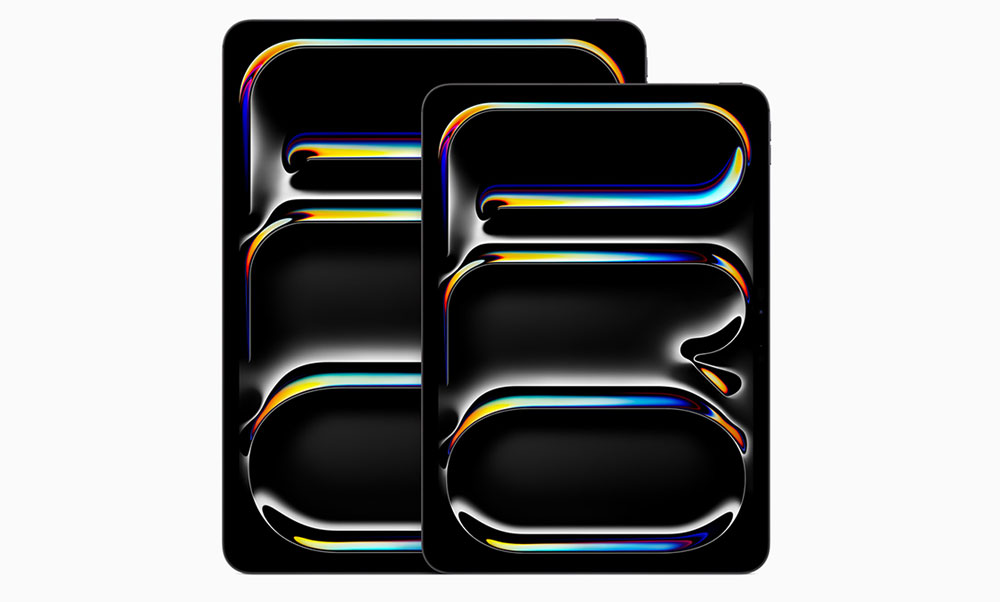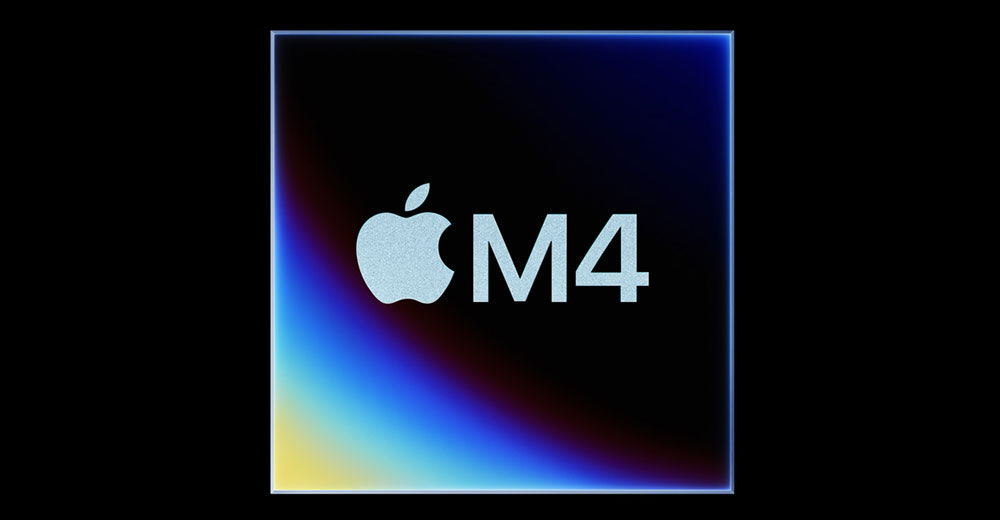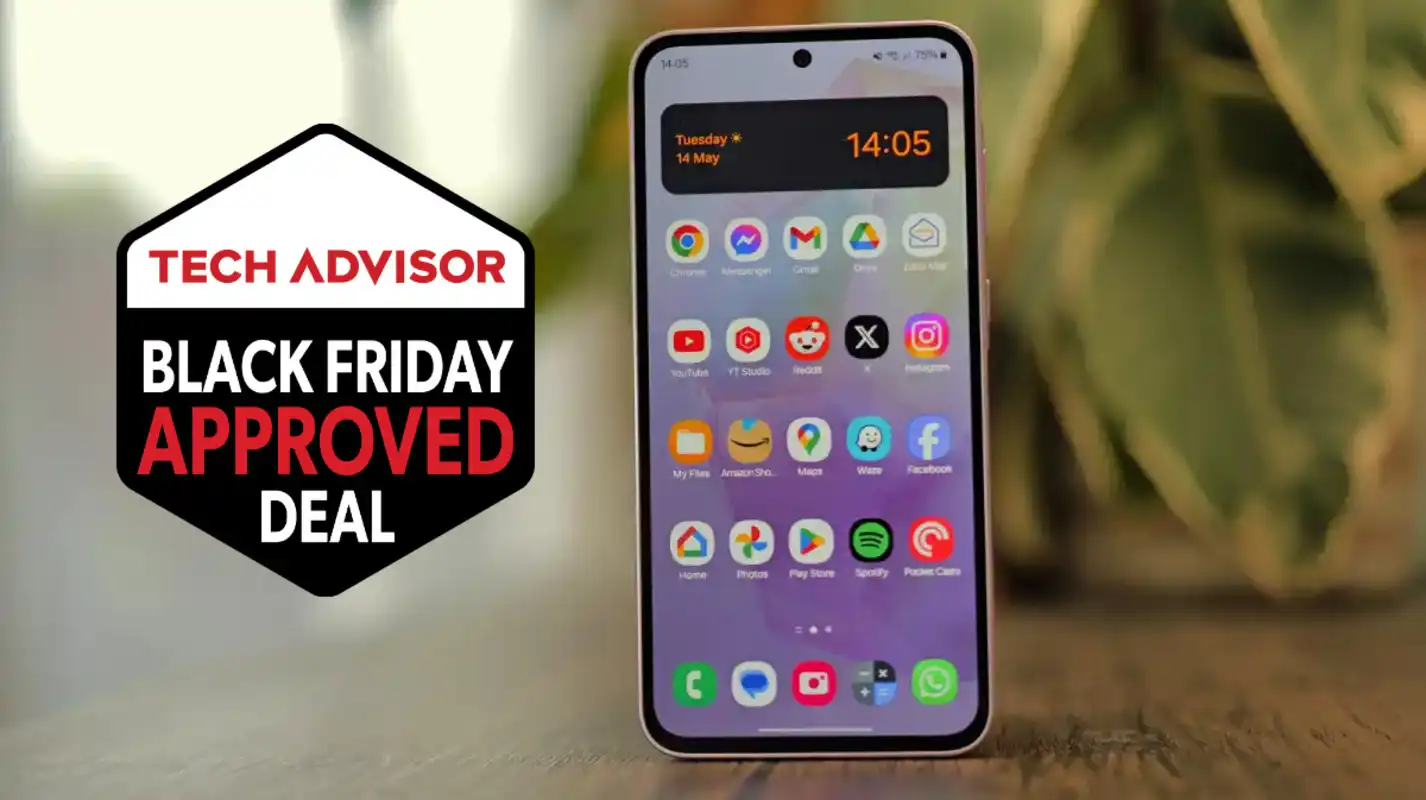Apple beefed up its iPad product line Tuesday by upgrading the silicon in its Air models and introducing a new processor, the M4, into its Pro editions, which also got a display boost to OLED.
“The iPad Pro with the M4 and outdoor viewable OLED screen is arguably the best tablet created so far,” Rob Enderle, president and principal analyst with Enderle Group, an advisory services firm in Bend, Ore., told TechNewsWorld.
“The dual-layer OLED screens are the best screens ever used on a tablet and make the creative process much more realistic,” added Tim Bajarin, president of Creative Strategies, a technology advisory firm in San Jose, Calif.
The new 11-inch and 13-inch Pro models announced at an online, prerecorded event have displays made of two OLED panels for exceptional brightness. According to Apple, the Ultra Retina XDR display supports 1,000 nits of full-screen brightness for SDR and HDR content and 1,600 nits of HDR peak brightness.

The new iPad Pro comes in two sizes, 11-inch and 13-inch, and features the thinnest design Apple has ever produced. (Image Credit: Apple)
A nano-texture glass option is also offered for the display. Nano-texture glass is engineered to scatter ambient light and reduce glare.
Both the tandem OLED and etched glass overlay are unique, noted Jim McGregor, founder and principal analyst at Tirias Research, a high-tech research and advisory firm, in Phoenix. “I have not seen this dual-layer OLED display solution before,” he told TechNewsWorld. “The etched glass overlay is also unique.”
“The display is stunning,” Enderle said. “The only thing I wonder about is longevity. OLED is beautiful but not very robust, and they are pushing a lot of power through it. Longevity of the display could become an issue long term.”
“As a photographer, I am excited to see how my images will look on it,” added Anshel Sag, a senior analyst with Moor Insights & Strategy, a technology analyst and advisory firm based in Austin, Texas.
“However, I am a little surprised they didn’t try to beef up the camera’s capabilities to really show off the display,” he told TechNewsWorld.
Enter M4 Silicon
In an unusual move, Apple introduced its next-generation M4 silicon into the new iPad Pro models. “Usually, next-gen chips are introduced on the Mac first,” Bajarin told TechNewsWorld. “Apple did this to emphasize their belief that the iPad is very much a PC as Jobs envisioned when he launched it 14 years ago, making it a powerful creative tool that mirrors the functionality mostly done on a PC.”
The chip is built on second-generation three-nanometer technology, which is more power-efficient than its predecessors. Apple said the M4 can deliver the same performance as the M2 chip in the previous iPad Pro models, using half the power.
According to Apple, the M4 delivers 50% faster CPU performance than the company’s M2 silicon and four times better overall performance than M2.
“A new version of Apple silicon making its debut in an iPad is a shift from where we’ve historically seen it introduced. It is consistent, though, with Apple positioning iPad as a full-featured main computer option,” said Ross Rubin, the principal analyst with Reticle Research, a consumer technology advisory firm in New York City.
Rendering performance in apps like Octane sees a substantial upgrade with the M4 chip, now up to four times faster than previous iPad Pro models equipped with the M2. (Image Credit: Apple)
“That they put their most advanced, highest-performance chip in the iPad lends credibility to their statements that they see the iPad as the future of the computer,” he told TechNewsWorld.
“They also released their professional apps on the platform,” he continued. “In some ways, that is a stronger endorsement of the iPad as a creative powerhouse. It also sends a strong signal to third-party developers, such as Adobe, that this an appropriate platform for those kinds of applications.”
“That’s been challenging for Apple in the past because when they’ve talked about high performance, they’ve shown games on the iPhone and iPad,” he explained. “That can be a great visual showcase, but for a product that can cost north of $1,000 and has a professional label affixed to it, you need to show that the productivity tools and capabilities are there.”
Mikako Kitagawa, a director and analyst with Gartner, a research and advisory company based in Stamford, Conn., agreed. “I see Apple trying to sharpen up the position of iPad as the best tablet for the creative professionals,” she told TechNewsWorld.
Play To Boost Sales
Tirias’ McGregor reasoned that Apple will probably have different versions of the M4 for the various products in its portfolio, but introducing the chip in the iPad Pro is a significant move.
“Coming out with this version specifically for the iPad Pro first makes a strong statement that Apple views the iPad as a critical product for the market, not an accessory product,” he said. “For many consumers, the iPad has become their primary computing platform.”
Jitesh Ubrani, a research manager at IDC, a global market research company, concurred that introducing the M4 on the iPad Pro indicates Apple is taking the form factor seriously but still sees it as an add-on.
“It’s not a MacBook replacement by any means. Rather, it’s a complementary device,” he told TechNewsWorld. “Beyond that, I think the timing around the release of the M4 also puts pressure on Qualcomm as their comparisons with the M3 are immediately outdated.”
Apple’s motivation behind introducing the M4 in the iPad line may also be a reaction to sales numbers. “In the first six months of Apple’s fiscal 2024, which ends in September, iPad sales dropped more than 20% compared to the previous year, a worrying trend that Apple will be looking to reverse with today’s new models,” Felix Richter wrote for Statista on Tuesday.
Apple’s iPad revenue and its share of the company’s total revenue
Will Kerwin, a technology equity analyst with Morningstar Research Services in Chicago, agreed. “We believe this shows a recognition by the company that the iPad has been underperforming and warrants a priority in driving a return to growth,” he told TechNewsWorld.
Pencils and Palettes
In addition to the Pro models, Apple introduced two new iPad Airs, an 11-inch and, for the first time, a 13-inch model, both with M2 silicon under the hood. The starting prices for the iPad Air models are $599 for the 11-inch and $799 for the 13-inch. The 11-inch iPad Pro starts at $999, while the 13-inch model will sell starting at $1,299. The Air and Pro models will be available for purchase on May 15.
Two upgraded accessories were also announced at the Apple event: a new “magic” keyboard and a new pencil. Apple has added function keys to the keyboard, an aluminum palm rest, and a larger trackpad with haptic feedback.
The new Apple pencil has a sensor that allows a new tool palette to appear on an iPad’s screen by squeezing the barrel of the stylus. A gyroscope allows the pencil to be used more precisely.
Apple Pencil Pro brings support for Find My for the first time to Apple Pencil, helping users locate Pencil Pro if misplaced. It pairs, charges, and is stored on the side of the iPad Pro with a new magnetic interface. (Image Credit: Apple)
“The pencil continues to show how Apple innovates,” observed Mark N. Vena, president and principal analyst at SmartTech Research in San Jose, Calif.
“You can use that stylus across their portfolio of iPads using the squeeze capability,” he told TechNewsWorld. “That’s a significant time-saver. I do a little digital editing on the iPad, and the ability to remove masks or edit things on the screen with precision is a big deal.”
“The Apple Pencil Pro is a big step forward in stylus capability for managing images and video content,” he said.
“The hovering capabilities, the ability to change the orientation of tools by squeezing the pencil before the stylus touches the surface of the iPad are all nifty touches that add to the creative experience,” Rubin added.



